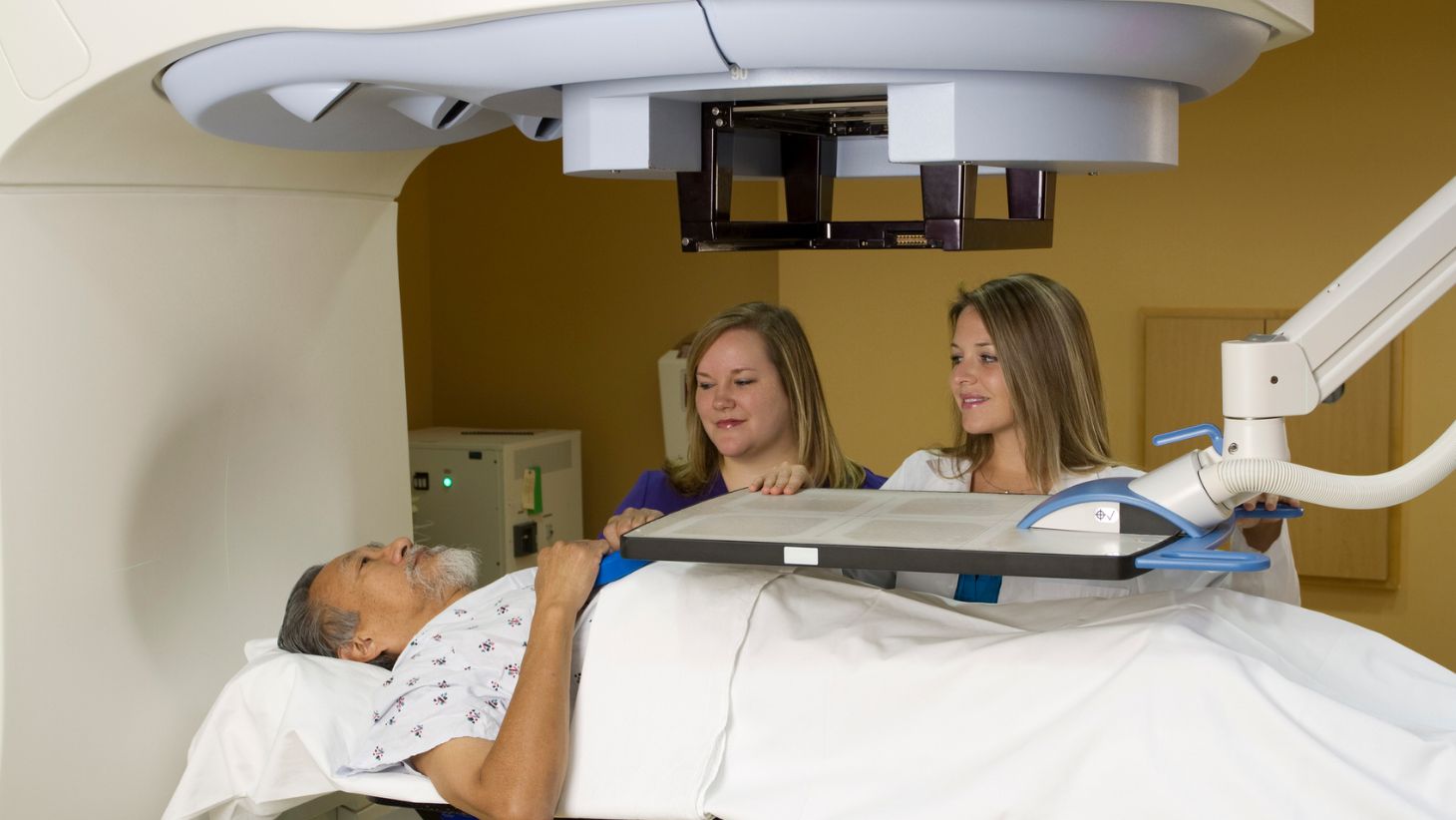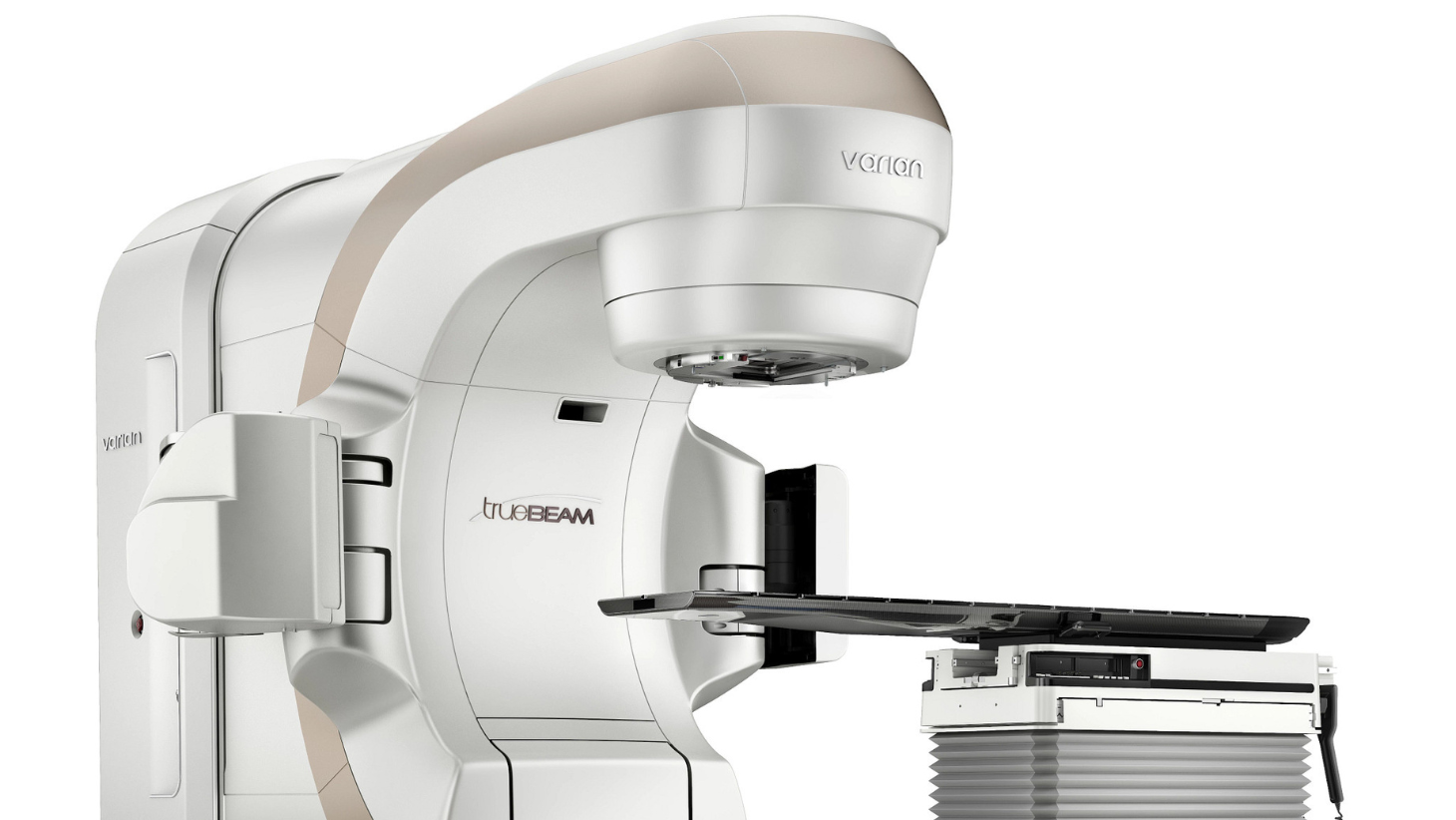As the most common cancer among men, you’re not alone if you’ve recently been diagnosed with prostate cancer. The good news is that prostate cancer is often discovered in its early stages, typically grows slowly, and has a high survival rate. Quite often, prostate cancer is diagnosed by a urologist after running tests and performing a biopsy. The topic of surgery to remove the prostate or part of the prostate, may be discussed by the urologist.
Before you make this decision, it’s a good idea to understand the other prostate cancer treatments that are available.
Do You Have To Get Your Prostate Removed If You Have Prostate Cancer?
Not every man diagnosed with prostate cancer needs to have prostate cancer removal surgery, called a prostatectomy. The decision depends on several factors, such as the stage and grade, your age, how quickly the cancer is growing, and whether it has spread outside of the prostate.
The side effects caused by a prostatectomy are part of the reason men consider cancer treatments other than surgery. These side effects can include erectile dysfunction and urinary incontinence, which could be permanent.
There is a good chance that an oncologist will be able to recommend treatment options other than surgery.
What Determines the Right Prostate Cancer Treatment Plan?
It’s best to schedule a consultation with an oncologist after a prostate cancer diagnosis. They will review the biopsy results, including the Gleason score. The Gleason score describes how differentiated the sample cells are compared to healthy cells. It helps the oncologist understand if the cancer is slow growing or more aggressive and how far it’s progressed.
The prostate cancer stage is used to determine if cancer has spread, either within the prostate or to other areas of the body. Cancer stages are often in-depth and unique to different situations, but this is a general overview of how they work:
- Stage 1 prostate cancer is only growing in the prostate.
- Stage 2 prostate cancer has advanced further than stage 1 but has not yet reached any other body areas.
- Stage 3 prostate cancer covers more of the prostate and may have spread to surrounding tissues compared to stage
- Stage 4 prostate cancer has spread beyond the prostate to other body areas. If your prostate cancer is stage 4, it will require a more aggressive treatment approach.
Based on all of this information, the prostate cancer doctor will work with you to create a treatment plan that may not include surgery. In fact, in some cases, treatment doesn’t need to begin right away.
What is Active Surveillance For Prostate Cancer?
If the prostate cancer is in an early stage with a lower Gleason score, your doctor might recommend active surveillance. This may also be referred to as watchful waiting. It’s used when the cancer is slow-growing, and it’s unnecessary to start using treatments that cause side effects. You will be required to see your doctor frequently so that they can run blood tests and/or repeat the prostate biopsy. If you notice any symptoms of prostate cancer during active surveillance, be sure to tell your oncologist.
Those who start on active surveillance often start treatments after several months or even years of waiting. Most of these treatment plans do not need to include surgery.
Alternatives To Prostate Removal Surgery
Once it is time to move forward with a treatment plan for prostate cancer, your doctor might recommend one of the following treatments. You may need to try one or more of these treatments to stop the cancer’s growth.
Radiation Therapy for Prostate Cancer
Radiation therapy uses high-energy rays to kill cancer cells. Your doctor may recommend external beam radiation or internal radiation therapy to treat prostate cancer. In some cases, both can be used. Radiation therapy has been proven to be one of the most effective ways to treat prostate cancer.
External beam radiation therapy (EBRT) is the most commonly used radiation therapy. With advancements in technology, radiation therapy today is more precise than ever while also protecting nearby organs such as the bladder or rectum. The goal of external beam radiation therapy is to kill the cancer cells in the prostate. For most men with prostate cancer, hypofractionated radiation therapy can be used, which shortens the overall treatment period by a few weeks. This is done by using a higher dose of radiation during each treatment.
Internal radiation therapy, known as brachytherapy, is a procedure that involves placing radioactive sources in the prostate gland. There are two ways this may be done:
- High-dose rate (HDR) brachytherapy is a procedure that temporarily places radiation sources in the prostate.
- Low-dose rate (LDR) brachytherapy is the permanent placement of radioactive seeds in the prostate that release radiation at a lower dose over time.
Targeted Therapy
Targeted therapy treats specific genetic mutations or proteins found in the cancer and attacks those cancer cells. This therapy uses special medications that target abnormal cells and leave the healthy ones alone. Every targeted therapy medication will work differently and has its side effects. Several targeted therapies treat advanced prostate cancer.
Hormone Therapy
Male hormones (such as testosterone) cause prostate cancer to grow, so your doctor may recommend hormone therapy to slow the growth of prostate cancer. Standard options include luteinizing hormone-releasing hormone (LH-RH) and antiandrogens. LH-RH prevents the production of testosterone and antiandrogens block the action of male hormones.
Hormone therapy is sometimes used in combination with radiation therapy to cure prostate cancer. It’s also used when prostate cancer has spread to other areas of the body. If prostate cancer has spread to other areas of the body and hormone therapy is used, it’s possible to control the growth of the prostate cancer for years. If prostate cancer continues to grow despite using hormone therapy, other treatments are needed and are available.
Clinical Trials for Treating Prostate Cancer
Prostate cancer treatment approaches are constantly evolving and advancing. Many clinical trials are currently underway to help determine more treatment approaches to prostate cancer. Patients at WVCI may qualify to participate in a trial to receive access to the latest in prostate cancer research. Your oncologist will talk with you about the trials that may be available to you.
How To Find The Best Prostate Cancer Treatment For You
Many different prostate cancer treatment options are less aggressive than surgery, so be sure to ask questions and take some time to make a decision that’s right for you.
The prostate cancer specialists at Willamette Valley Cancer Institute are here to help you. We offer a variety of effective treatment options for prostate cancer, as well as second opinions on treatment plans. Knowing that every patient is different, we develop unique treatment plans for every individual. Schedule your consultation with one of our specialists at a WVCI cancer center nearest you in Albany, Corvallis, Eugene, Florence, Lincoln City, or Newport, Oregon.



